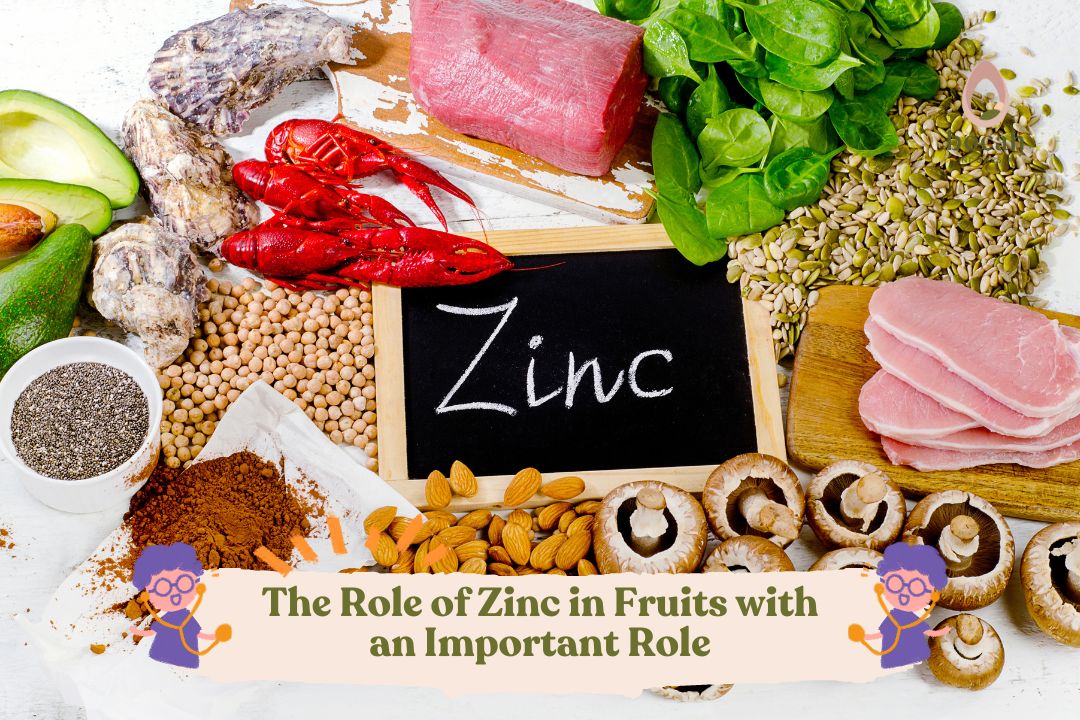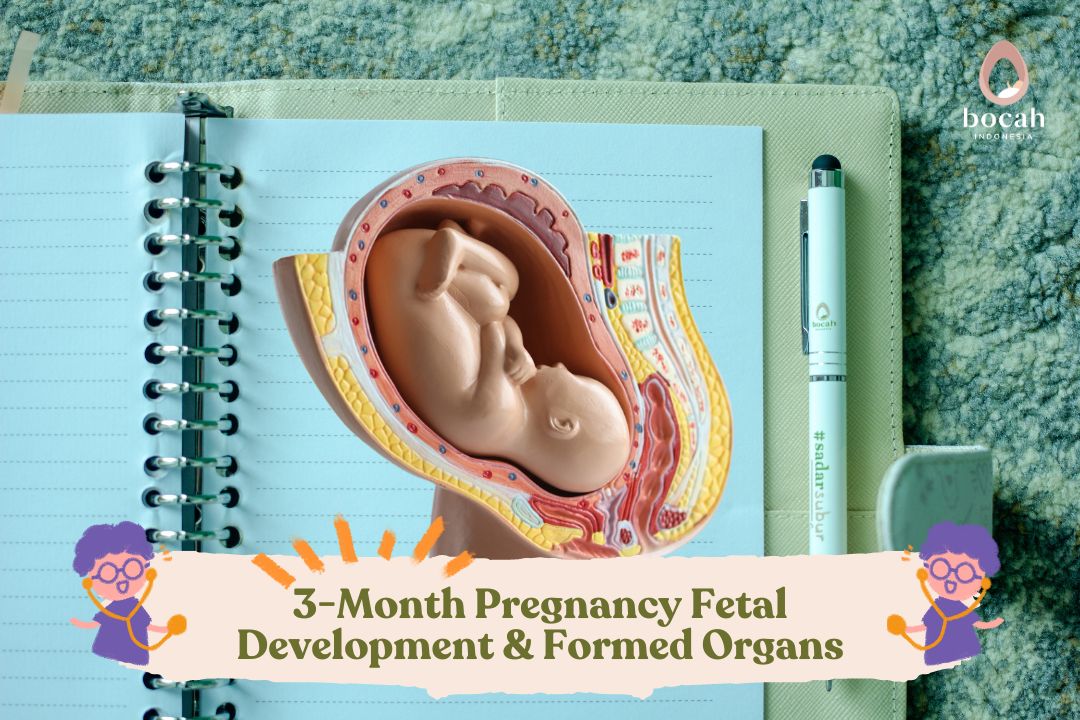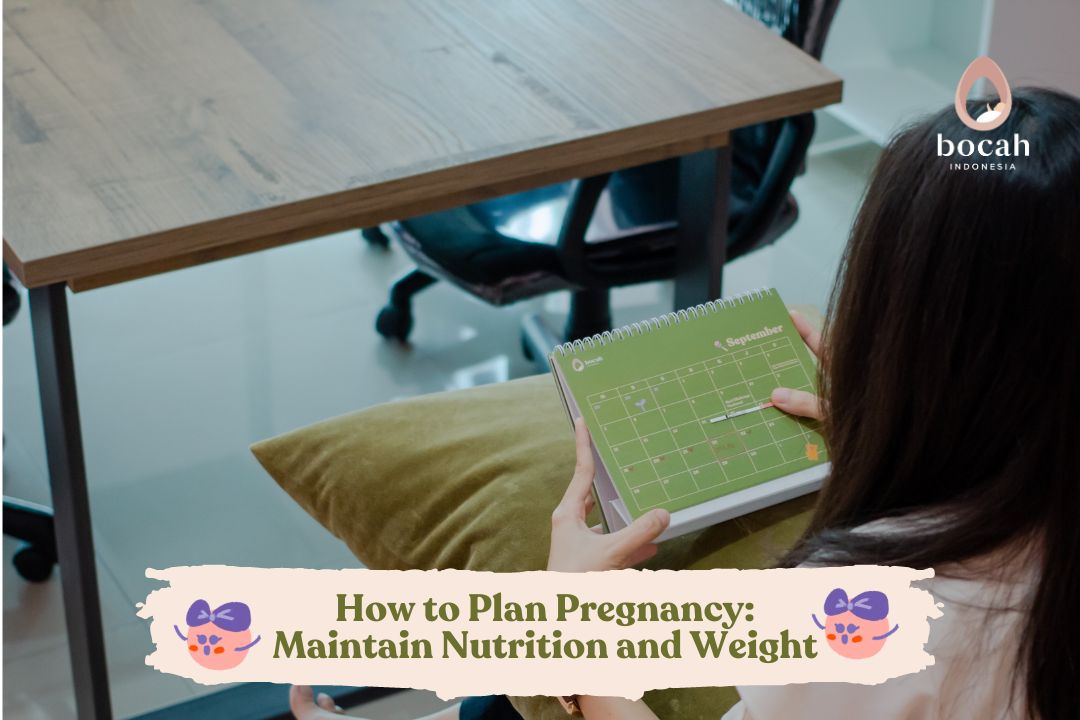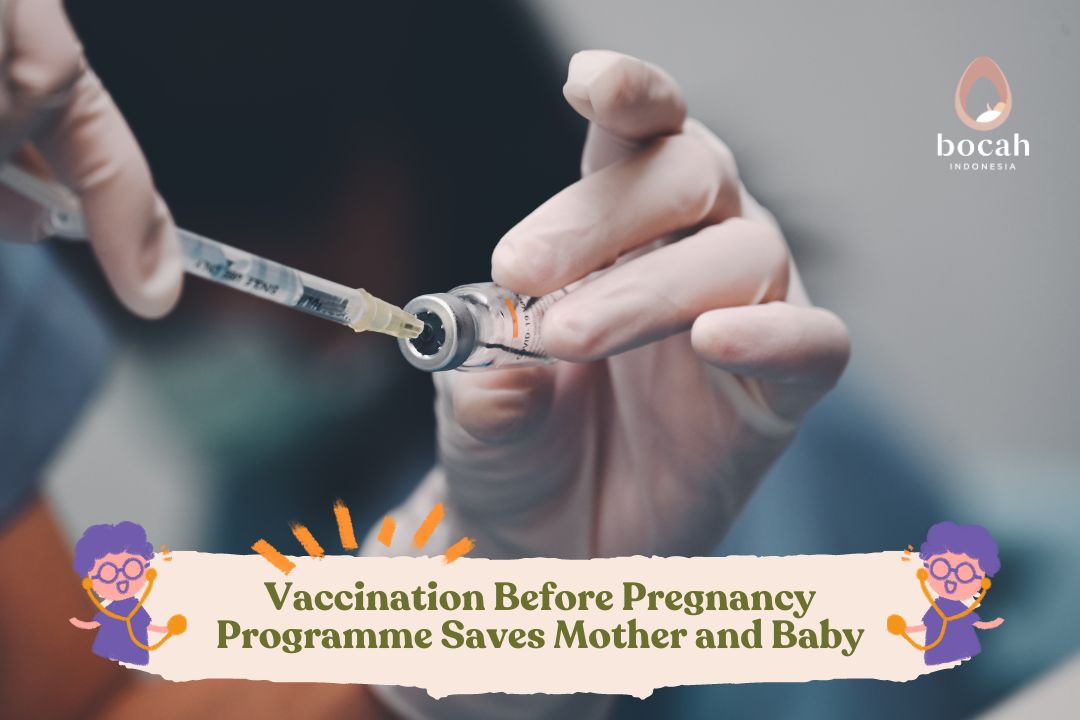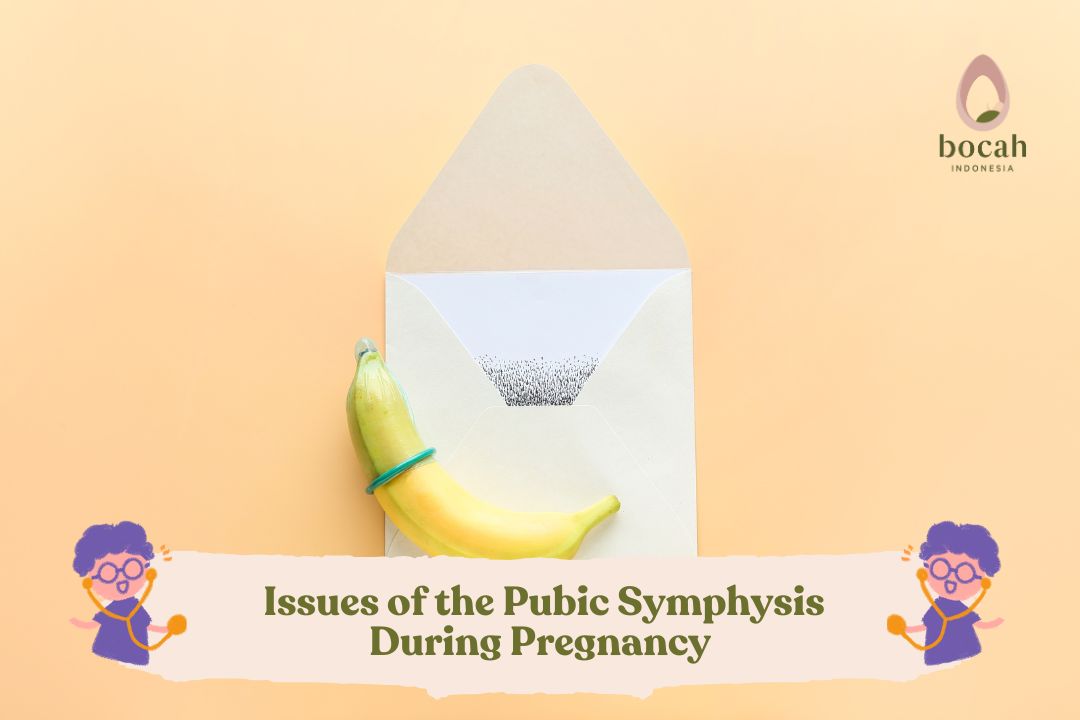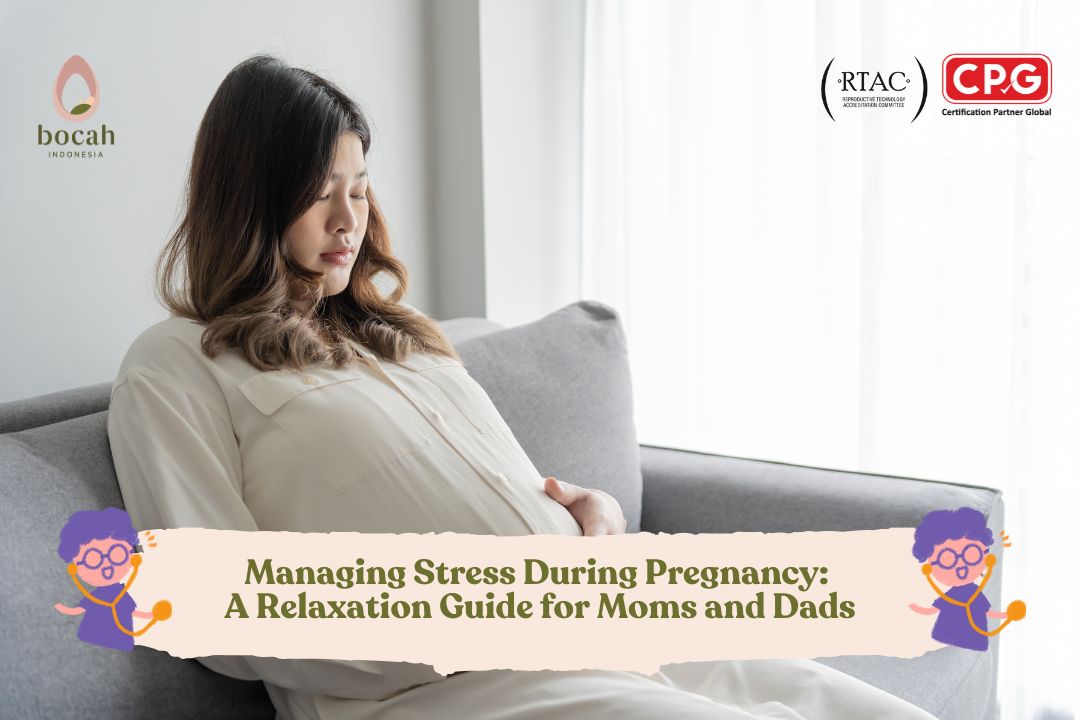When is Pregnancy Called Aterm or Full Term? And Why Is It Important?

Pregnancy is considered full term or aterm when the gestational age reaches 39 weeks and is not more than 41 weeks.
Reaching full term pregnancy is the goal for every expectant mother. However, you may not fully understand what aterm pregnancy actually means. The definition of full term or aterm pregnancy has evolved over time. In short, pregnancy is considered full term when it reaches 39 weeks of gestation. But for a clearer understanding, let’s explore the following explanation.
Definition of Aterm Pregnancy
Generally, pregnancy lasts for 40 weeks, calculated from the first day of a woman’s last menstrual period. However, nobody knows exactly when the baby will be born. It can happen earlier or later than the estimated due date.
About a decade ago, the American College of Obstetricians and Gynecologists (ACOG) defined the period from 3 weeks before to 2 weeks after the estimated due date, or gestational age of 37 to 42 weeks, as aterm or full term pregnancy. This definition was somewhat confusing and could lead to various interpretations since a lot can happen within this 5-week range.
Therefore, in 2013, ACOG and the Society for Maternal-Fetal Medicine (SMFM) updated the definition of aterm pregnancy. The reason behind this update was that studies showed that each week of pregnancy has significant implications for the health and development of the fetus. The new definitions are as follows:
Tanya Mincah tentang Promil?
- Preterm: Baby born before 37 weeks and 0 days of gestation (premature).
- Early term: Baby born between 37 weeks and 0 days and 38 weeks and 6 days of gestation.
- Full term (aterm): Baby born between 39 weeks and 0 days and 40 weeks and 6 days of gestation.
- Late term: Baby born between 41 weeks and 0 days and 41 weeks and 6 days of gestation.
- Postterm: Baby born after 42 weeks and 0 days of gestation.
Why Is Full Term Pregnancy Important?
This more specific timeframe helps to better understand the process of pregnancy and fetal development in the final weeks. In reality, the condition of babies born within the 5-week interval (preterm to postterm) can vary significantly.
Several studies have shown that optimal fetal development occurs when babies are born in the 39th and 40th weeks of pregnancy. Babies born before 39 weeks of gestation are at risk of experiencing issues with breathing, feeding, and temperature regulation. These babies are also more likely to be admitted to the neonatal intensive care unit (NICU), be susceptible to infections, and face learning difficulties.
Therefore, waiting until the pregnancy reaches 39 weeks gives the baby the necessary time to grow and develop optimally. The baby’s lungs, liver, and brain go through crucial growth phases between the 37th and 39th weeks of pregnancy.
In certain situations, such as when there are health risks for the mother or the baby, delivery may need to happen before the pregnancy is full term. However, in healthy pregnancies, it is advisable to wait until the pregnancy is full term, meaning at least 39 weeks of gestation.
Benefits of Full Term Pregnancy for Mother and Baby
Full term pregnancy offers many benefits for both the mother and the baby before, during, and after childbirth. Here’s a list of these benefits:
1. Optimal fetal growth and development of organs:
As mentioned earlier, the final weeks of pregnancy are critical for the baby’s lung, brain, and liver development. This allows them to control their blood sugar levels, body temperature, and breathing effectively without assistance.
2. Smoother labor and fewer complications:
Mothers with full term pregnancies generally have a better birthing experience. Labor usually progresses smoothly and with minimal risk. Uterine contractions are normal, so there is no need for labor induction, which can increase the risk of postpartum hemorrhage.
3. Shorter recovery time for the mother:
When pregnancy is full term, the cervix naturally opens to prepare for labor, reducing the risk of infection and side effects from medications, which can slow down recovery.
4. Better breastfeeding for the baby:
For the baby, the main benefit of full term pregnancy is related to their ability to breastfeed. This skill is crucial for their survival. In the first 72 hours of life, babies do not necessarily need to breastfeed, but after that, they must adapt to breastfeeding to obtain essential nutrients.
Full term babies are more alert and ready to breastfeed. They have excellent sucking and swallowing abilities, allowing them to get sufficient nourishment for their growth and development.
To achieve full term pregnancy:
Preterm birth before 39 weeks of gestation cannot always be prevented. However, there are things that can be done to reduce the likelihood of giving birth early:
- Manage health issues such as diabetes, hypertension, and others. Pregnant women should have regular check-ups with their healthcare provider to ensure these conditions are well-controlled.
- Avoid smoking, alcohol consumption, and the use of illicit drugs.
- Consume a healthy diet rich in fruits, vegetables, and protein, and engage in safe exercise as advised by the doctor.
- Ensure that weight gain is neither excessive nor insufficient.
- Protect yourself from infections by frequently washing hands, avoiding undercooked meat and other raw foods, maintaining personal hygiene, and receiving recommended vaccinations.
- Manage stress and do not hesitate to seek help or support from third parties.
Also, pay attention to the following factors that may increase the chances of delivering before full term:
- Being overweight or obese.
- Having a history of giving birth prematurely.
- Carrying twins or multiple babies.
- Having issues with the uterus, cervix, or vagina.
- Experiencing sexually transmitted infections or urinary tract infections.
- Having a short interval between pregnancies (less than 18 months).
- Facing challenging circumstances such as unemployment, domestic violence, and others.
If you experience any of these risk factors, discuss them with your doctor. In many cases, doctors can help provide solutions, such as offering progesterone injections to reduce the risk of preterm birth or prescribing antibiotics to treat infections. Doctors can also connect you with resources to address addiction, financial problems, and other issues.
Source:
- Definition of term pregnancy. Committee Opinion No. 579. American College of Obstetricians and Gynecologists. Obstet Gynecol 2013;122:1139–40. URL: https://www.acog.org/clinical/clinical-guidance/committee-opinion/articles/2013/11/definition-of-term-pregnancy
- March of Dimes. [Last reviewed Sep 2018]. What is full-term? URL: https://www.marchofdimes.org/find-support/topics/pregnancy/what-full-term
- National Child and Maternal Health Education Program. [Last reviewed June 2 2022]. Full term has a new meaning. URL: https://www.nichd.nih.gov/ncmhep/initiatives/know-your-terms/moms



